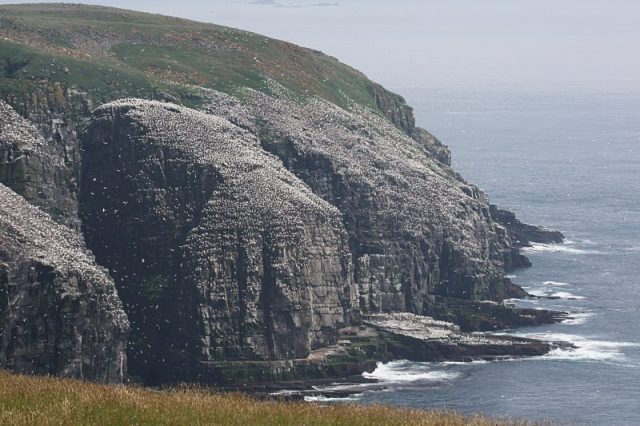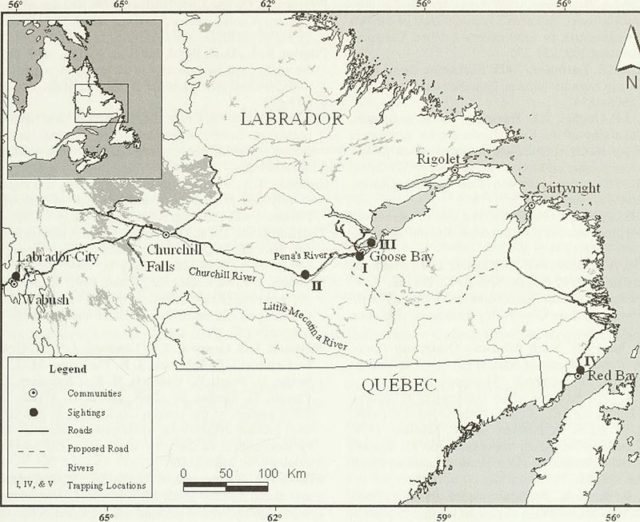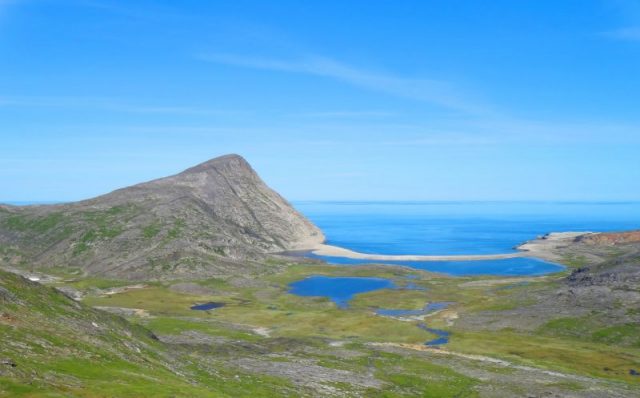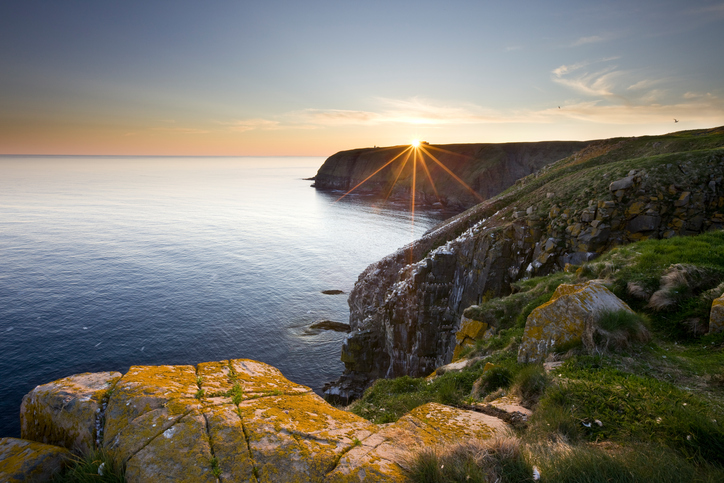In 2016, a research team reported conclusive evidence of the oldest microbial life to be found on Earth, fossilized in rocks in Greenland. The stromatolite structures are believed to be the remnants of bacteria that grew on the bed of a shallow sea, 3.7 billion years ago.
Two decades before, in 1996, another team of scientists stirred up a debate over their claim to have found signs of life in 3.8-billion-year-old rocks from Akilia Island, also in Greenland. As the results could not be replicated — one of the main principles of the scientific method — their conclusions are considered unreliable, but have formed the basis for a number of subsequent research efforts.
However, scientists are now faced with the possibility of an even earlier date for the beginning of life on Earth. According to a new study, life might have initially appeared on Earth 3.95 billion years ago.

The team, led by geologist Tsuyoshi Komiya from the University of Tokyo, examined samples from the Torngat Mountains in Labrador, a part of the Canadian province of Newfoundland. This is one of the few areas on the globe where rocks that were formed at the very end of the Hadean era can be found — the period when Earth had cooled just enough to develop a solid crust.
The first oceans were beginning to form as water vapor condensed, and current theories suggest that somewhere in these warm shallow waters, complex chemical molecules evolved into the first lifeforms.
The findings of Komiya’s team, published in the journal Nature in September 2017, conclude that the rocks contain material generated by microbes. Komiya told LiveScience that the rocks were collected from an area that was quite remote, inhabited by a number of polar bears and “far from any village or town.”

But this new study might turn out to be just as controversial as the one from 1996. As Sarah Kaplan writing for the Washington Post comments, “Not all researchers are convinced.” Other scientists are keen to take a look at the rocks to verify Komiya’s claims.
The specific element of the rock samples that most intrigued the scientists was tiny nodules of graphite, a material made of layers of carbon atoms.
“Carbon comes in two stable isotopes: carbon-12, which is the most common, and carbon-13, which is rarer and slightly heavier. Life prefers carbon-12 because it is more reactive,” according to ZME Science. The main premise behind the Labrador study is that evidence of life can be inferred by looking at the ratio of these carbon isotopes.

This is how the team surmised the the graphite samples have a biological origin. “This is a biogenic signature,” Komiya told the Washington Post.
Komiya and his colleagues have also addressed some of the issues for which the 1996 study was so hotly disputed. The earlier study was also based on the study of carbon isotopes however, according to Nature, “Some researchers say the carbon cannot be proven to have a biological origin…. Others have suggested that the rock is not as old as originally thought.”
6 Mysterious Islands From Around The World
The research team believe the find in Labrador is exciting because the graphite was enclosed by the rocks in a way that suggested life didn’t originate as contamination from a later period.
How life actually began still remains a mystery. Scientists firmly state that all available evidence indicates planet earth was formed 4.54 billion years ago and water soon appeared on its surface. Several genesis of life theories have been put forward, most of them centered on the idea that biology started in the water.

The 1953 Miller-Urey Frankenstein’s monster-type experiment demonstrates that amino acids — the building blocks for life — can be synthesized from inorganic molecules in the atmosphere by lightening. Windows to the Universe describes the set up: “They designed an apparatus which held a mix of gases similar to those found in Earth’s early atmosphere over a pool of water, representing Earth’s early ocean. Electrodes delivered an electric current, simulating lightning.”
When the two biochemists analyzed the contents of the water after running the experiment for one week, not only did they find organic molecules, but they had coalesced into clumps called coacervates. While for many this is compelling evidence that life arose spontaneously on our young planet, others argue that the probability for such a scenario is unfathomably small.

Another theory suggested by Irish scientist J.D. Bernal in 1949 postulates that life began in clay. We don’t mean a parade of little clay-model people, rather that clay minerals would attract the right mixture of chemicals for life to begin. Expanding on his ideas became a lifetime obsession for the late Alexander Graham Cairns-Smith, an organic chemist from the University of Glasgow. Cairns-Smith considered the regimented replication of DNA began on a clay substrate.
Of course, there are many scientists who think that life actually began on another planet or in space, and was transported to Earth by celestial bodies such as comets or asteroids.
So far, Canada is the place which has produced most of the evidence of primordial life in the world. Komiya stated for LiveScience that future analysis of the graphite and associated minerals from the Torngat Mountains “could shed light on the origin and evolution of life on Earth.”
